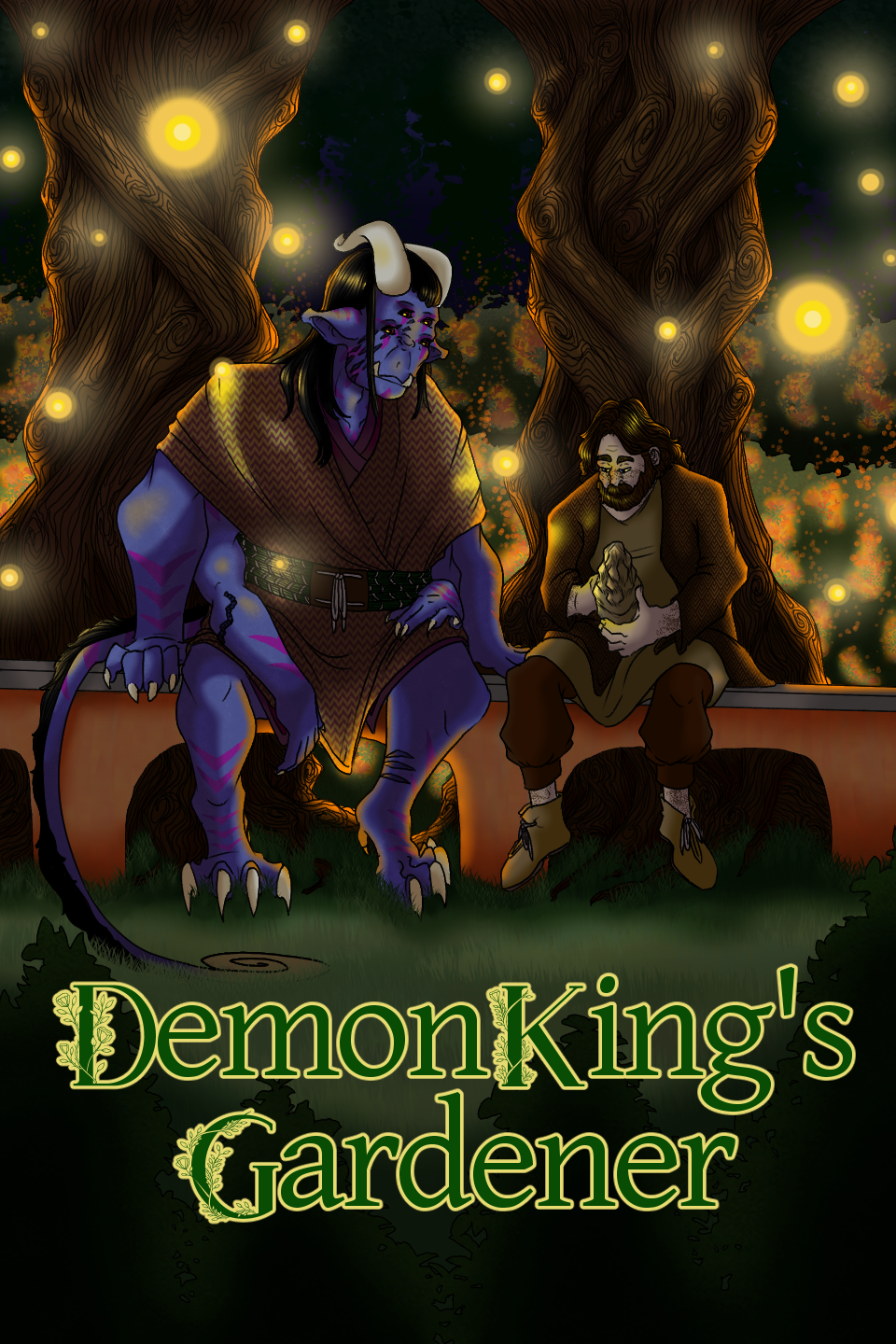Wyverns
Massive birds found in the Demon Realm.
Basic Information
Anatomy
Wyverns are large avians with long-necked reptilian heads and functional claws on their half-feathered, half-leather wings climbing. They have sharp bird talon legs and long retilian tails that end with a fantail of feathers. Their reptilian mouth is full of small but razor sharp serrated teeth.
Wyverns have two sets of eyes - typical bird eyes, and compound eyes similar to an insect that give them a wide field of vision.
Biological Traits
Male wyverns have large, colorful crests down the length of their necks - but female wyverns are typically larger between the two.
Genetics and Reproduction
Wyverns reproduce via egg-laying, with an incubation period of 25 years. Wyverns reach adult size at 100 years of age, and sexual maturity at 500.
Growth Rate & Stages
When they first hatch, young wyverns are referred to as drakes. They have fluffy down feathers and venomous fangs. When they reach adult size, these fangs fall out - no longer needed as the gland that allows them to spit acid has fully developed.
Ecology and Habitats
Wyverns are found high in the mountains, with one exception - the Great Tree of Noskanar, where they roost in large numbers. Wyverns typically form large colonies, raising drakes communally though each mother sits on only her own brood during incubation. None brooding members of the colony work together to keep nesting mothers fed, as they will not leave the nest for any reason.
Dietary Needs and Habits
Wyverns are typically carniverously leaning omnivores, though the ones that inhabit the Great Tree have adapted into herbivore leaning omnivores due to the abundance of easy fruit.
Behaviour
Wyverns are ambush predators - dropping on their prey unexpectantly from above and using their acid to incapacitate or at least wound it before carrying it off to its nest. They typoically hunt alone, but share the spoils with the colony.
Additional Information
Social Structure
Female wyverns take 2-3 male partners, which they keep for life. Older females past egg-laying age lead the flock, which can have anywhere from 50-100 wyverns at a time.
Domestication
While the residents of the cit of Noskanar have long lived with wyvern neighbors in the branches above them, this was largely a peaceful but separate coexistance. As long as the demons at the base of the trunk did not bother the wyverns in its branches, the wyverns did the same.
However, there is a new initiative to tame the massive birds as mounts - an initiative seeing success as it enters its fifth generation of wyverns paired with riders. The key so far as been to ensure the drakes imprint on a prospect rider after their eyes open approximately one month after their hatching. As wyverns live nearly as long as demons themselves, their partners are usually young adults hand picked by the Petty King of the city.
Tamed wyverns are not yet far enough evolved from their wild bethren to show any significant morpological differences - indeed, tamed wyverns still select wild partners during their mating season.
Geographic Origin and Distribution
The Northwestern region of the Demon Realm, though there may be a flock in the mountains south of Lajaonar.
Perception and Sensory Capabilities
Wyverns appear to be able to communicate by shifting the lay of their feathers across their body - causing them to puff up in only certain patches or shift left or right. This appears to be finer tuned control than the average avian, and seems able to communicate more complex information - such as the location of food or danger. This capability might have come about due to the risk of causing an avalanche by using their shrieking while flying throught the peaks and valleys of the mountains.
Lifespan
3,000 years
Average Height
12-15ft
Average Length
20-40ft
Body Tint, Colouring and Marking
The reptilian portions of wyverns typically range from light gray to black, with cobalt blue being a rare coloration. Blues tend to be larger than the average wyvern, and also appear to be smarter and stronger.
Geographic Distribution











I like the biological and sociological detail you went into here. I think you did a good job balancing how long they live with how frequently they reproduce. And I think the detail about how wyverns will collectively get food for those who are sitting on eggs is interesting. I also like the description of the attempts to learn to ride them. I feel like I've seen a lot of stories about dragon riders, but not necessarily stories about how they came to ride them, or, at least, not this complex.
Thank you! I know a lot of bird species have one of the parents hunt while the other broods, if they don't switch off, so I was thinking of that but expanding it. I know Anne McCaffrey's Pern series gets heavily into how her dragon riders came to be in the prequel books if you're looking for a story that gets into that! It's a science fantasy story that originally debuted as just fantasy, but was later revealed to be a post-space colony society. So the prequel books go back to those very early days. There is a good amount of problematic content in the chronologically early books (does get better over time), though, so I do recommend looking into cws for it!
Thanks for the rec! I read a lot of the Acorna books when I was younger, and I think she was behind those as well. My world is also a fantasy world with a sort of sci-fi background, so I'll be interested to see how she handles that too. Thanks for the warning though!